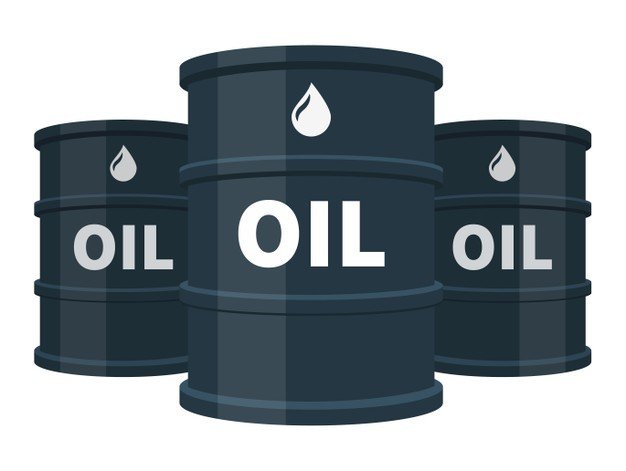Oil prices rebounded on Thursday as the dollar weakened and investors bought at lower after two sessions of higher price losses, but economic concerns limited the recovery.
Brent crude futures rose 75 cents, or 1.0%, by 0400 GMT to $78.59 a barrel, while West Texas Intermediate (WTI) crude futures rose 77 cents, or 1.1%, to $73.61 a barrel.
The big declines over the past two days were driven by concerns about a potential global recession, especially as short-term economic indicators in the world’s two largest oil consumers, the US and China, looked shaky.
After heavy selling since the beginning of the week, oil prices are trying to take advantage of this morning’s weakening in the US dollar.
As dollar-denominated commodities became cheaper for holders of other currencies, the weakness of the dollar typically helped support oil prices, as it boosted demand.
The second-month contraction in the US manufacturing PMI continues to reflect a continued slowdown in economic activity, which could cause buyers to flee the market.
Brent and WTI’s cumulative falls of more than 9% on Tuesday and Wednesday were the biggest two-day losses at the start of the year since 1991, according to Refinitiv Eikon data.
Reflecting the near-term bearish trend, benchmark oil contracts slipped back into contango in Asia trade on Thursday, meaning spot prices are lower than deliveries months later.
Economic data from the United States weighed on prices as U.S. manufacturing contracted further in December. The ISM purchasing managers’ index (PMI) for manufacturing dropped for a second straight month in November, to 48.4 from 49.0. It was the weakest reading since May 2020, the Institute for Supply Management (ISM) said.
At the same time, a survey by the U.S. Department of Labor showed that open positions fell less than expected, raising concerns that the Federal Reserve will use the tight labor market as a reason to keep interest rates higher for longer.
As COVID-19 spread to China, the world’s largest oil importer, concerns about the economic disruption added to pessimism about crude oil prices.
The Chinese government has increased export quotas for refined petroleum products in the first batch of 2023, signaling weaker domestic demand expectations.
Russia sends more Arctic oil to China, and India after sanctions.

